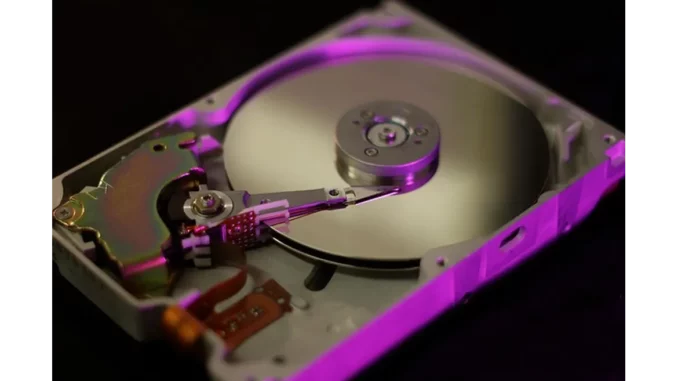
Summary
NAS Backup Strategies: Balancing Cost and Security in Data Management
In an era where data is at the heart of operations for both individuals and enterprises, Network Attached Storage (NAS) devices have become essential tools for efficient data management. Despite their advantages, relying solely on NAS for data storage can expose users to risks such as hardware malfunctions and cyber threats. This article examines cost-effective backup strategies for NAS, emphasising both local and cloud-based solutions, to ensure data resilience and recovery.
Main Article
Understanding the Necessity of NAS Backups
NAS systems are inherently designed to mitigate the risk of data loss through redundancy, often employing RAID configurations to guard against hard drive failures. However, as Peter Lawrence, a data security expert, notes, “RAID is a safety net, not a lifeline.” The reality is that data loss can occur from accidental deletions, malware intrusions, or catastrophic events like fires or floods. Implementing a comprehensive backup strategy is crucial to ensure data recoverability under these circumstances.
Exploring Local Backup Solutions
One of the most straightforward methods to secure NAS data is through local backups. External USB drives, while simplistic, offer a cost-effective solution. These drives can be easily connected to a NAS device, allowing for data transfer either manually or through automated processes.
The primary advantages of using USB drives include their affordability and high data transfer speeds, especially with modern USB standards. However, this approach has limitations, such as limited storage capacity and the need for consistent manual intervention to maintain regular backups. Additionally, physical damage presents a potential risk to data integrity.
For users with substantial data storage requirements, a secondary NAS device might be a more appropriate choice. This involves duplicating data from the primary NAS to a backup NAS, ideally situated at a different location. Such a setup enhances data protection and supports automated backup processes, thus mitigating the risk of localised disasters. Nonetheless, the initial cost and technical expertise required for a secondary NAS are notable considerations.
Evaluating Cloud-Based Backup Options
Cloud-based solutions provide an alternative, offering off-site storage and enhanced security. Backblaze B2, known for its affordability, charges $0.005 per GB monthly. It is compatible with various NAS systems and supports features like file versioning and encryption. However, users must consider potential costs associated with frequent data retrievals and the lengthy initial upload times for large datasets.
Likewise, iDrive offers flat-rate annual plans that are budget-friendly and feature-laden, supporting NAS backups along with other devices. While iDrive’s affordable plans are appealing, its initial setup may pose challenges for less tech-savvy users, and its upload speeds could be slower compared to competitors.
Hybrid Approaches for Optimal Security
Adopting a hybrid strategy, which combines both local and cloud backups, can offer a balanced approach to data security. This method allows for quick recovery through local backups while ensuring disaster recovery and off-site storage with cloud solutions. Such a strategy provides a comprehensive safety net, suited for those who demand both convenience and robust security.
Detailed Analysis
The significance of implementing a robust NAS backup strategy cannot be overstated in today’s digital landscape, where data is both a valuable asset and a potential vulnerability. The choice between local and cloud-based backups, or a combination of both, hinges largely on factors such as data volume, budget constraints, and the user’s technical proficiency.
Local backups deliver immediate access and recovery options, making them suitable for scenarios requiring rapid data retrieval. However, they fall short in offering protection against site-specific catastrophes. In contrast, cloud storage solutions provide off-site security and scalable storage options, though they may involve higher long-term costs and reliance on internet connectivity.
The trend towards hybrid backup strategies reflects a growing awareness of the need for layered defence mechanisms in data management. By leveraging the strengths of both local and cloud solutions, users can achieve a more resilient data protection framework that addresses a broader spectrum of risks.
Further Development
As the digital landscape continues to evolve, so too will the technologies and strategies associated with NAS backups. Emerging trends such as the integration of artificial intelligence in data management and the increasing prevalence of cyber threats underscore the need for ongoing adaptation in backup strategies.
The industry can anticipate further innovations that streamline the backup process, enhance data security, and reduce costs. Readers are encouraged to stay informed about developments in NAS technologies and backup strategies, as these advancements will undoubtedly shape the future of data management and protection. Keep an eye out for our continued coverage on these critical topics, as we explore new solutions and insights in the dynamic world of data storage.

